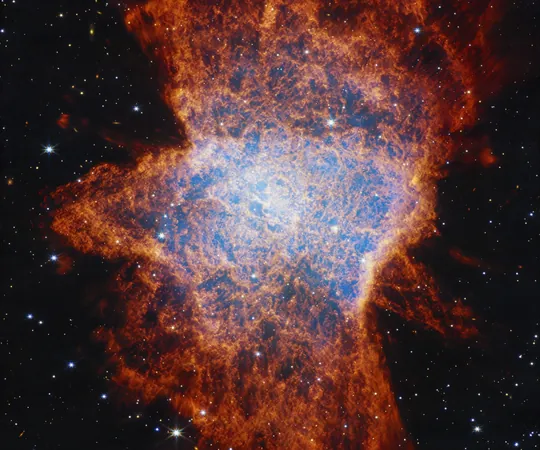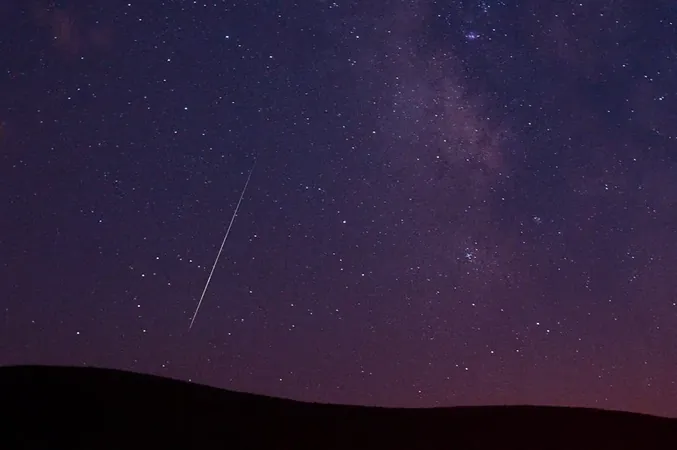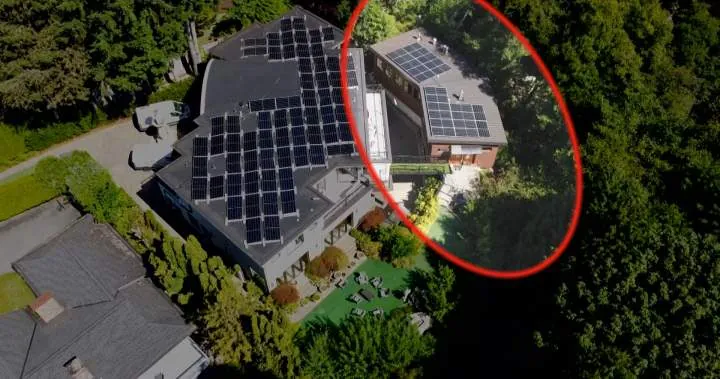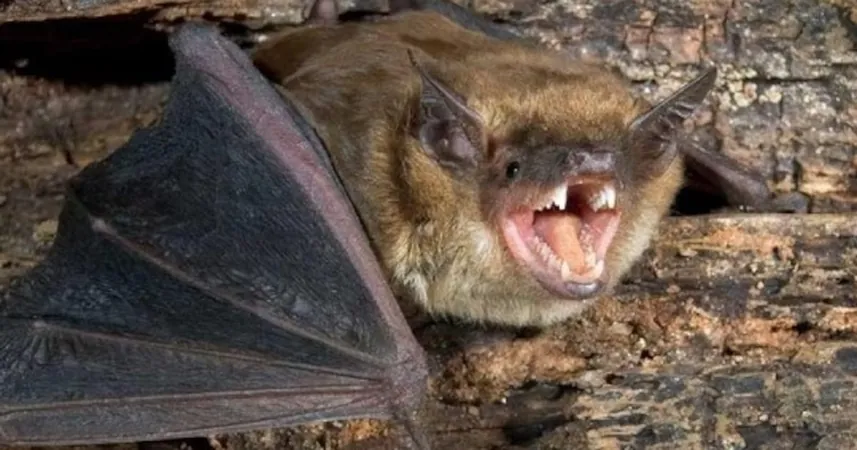
Astronomers Capture Stunning Image of a Star's Fiery Double Detonation!
2025-07-02
Author: Amelia
A Spectacular Cosmic Event Unveiled
Stars may light up our night sky, but when they explode, they unleash a dazzling display of cosmic fireworks known as supernovas. Typically resulting from a massive star collapsing, their might is legendary. Yet, a rare and intriguing phenomenon called a Type Ia supernova emerges from something unexpected: a white dwarf engaging in a cataclysmic double detonation.
First-Time Photographic Evidence Revealed
Thanks to the European Southern Observatory's Very Large Telescope in Chile, astronomers have captured the first photograph of this astonishing event. The explosive demise unfolded approximately 160,000 light-years away from Earth, in the saturated heart of the Large Magellanic Cloud, tucked within the constellation Dorado. Here lies a white dwarf with a mass comparable to our sun, which faced obliteration from two sequential violent detonations.
The Aftermath: A Cosmic Snapshot
Approximately 300 years post-explosion, researchers revealed a magnificent image featuring two concentric shells of calcium, fanning out into the starry void. What’s phenomenal about this double detonation is how it occurs: a white dwarf begins to siphon helium from a neighboring companion star in a binary system. The helium accumulates to a critical point where it detonates, sending shockwaves that ignite the star's very core, resulting in two explosions within mere seconds.
Cosmic Forensics: Unveiling Stellar Mysteries
Priyam Das, a doctoral student at the University of New South Wales Canberra, remarked on the obliteration of the white dwarf. "Nothing remains. The white dwarf is completely disrupted,” he states. This event provides what Das calls 'forensic astronomy'—studying the remnants of stars to unravel their explosive deaths.
Creating the Building Blocks of Life
While many stars end their lives as neutron stars or black holes, Type Ia supernovas play a pivotal role in creating heavier elements like calcium, sulfur, and iron—elements critical for planetary formation and even life itself. Das emphasized their importance in galactic chemical evolution, stating, "This is essential for understanding the building blocks of planets and life." Observations also revealed sulfur shells, further adding to the elemental palette of the cosmos.
Aesthetic Appeal of Cosmic Creation
As if they weren't already breathtaking scientifically, the images from this celestial encounter are also stunning visually. Ivo Seitenzahl, another co-author of the study, expressed admiration for the beauty of the phenomenon: "We are witnessing the birth process of elements through the demise of a star. The Big Bang birthed hydrogen, helium, and lithium, but supernovas like this showcase how crucial elements are formed and dispensed into the universe—a majestic cosmic cycle.”
A New Dawn in Astronomy
The evidence of this double detonation not only provides a deeper understanding of supernovae but also marks a transformative moment in astronomical research. Scientists are optimistic that this new perspective will lead to advancements in our comprehension of the origins of the elements that shape our universe and our very existence.









 Brasil (PT)
Brasil (PT)
 Canada (EN)
Canada (EN)
 Chile (ES)
Chile (ES)
 Česko (CS)
Česko (CS)
 대한민국 (KO)
대한민국 (KO)
 España (ES)
España (ES)
 France (FR)
France (FR)
 Hong Kong (EN)
Hong Kong (EN)
 Italia (IT)
Italia (IT)
 日本 (JA)
日本 (JA)
 Magyarország (HU)
Magyarország (HU)
 Norge (NO)
Norge (NO)
 Polska (PL)
Polska (PL)
 Schweiz (DE)
Schweiz (DE)
 Singapore (EN)
Singapore (EN)
 Sverige (SV)
Sverige (SV)
 Suomi (FI)
Suomi (FI)
 Türkiye (TR)
Türkiye (TR)
 الإمارات العربية المتحدة (AR)
الإمارات العربية المتحدة (AR)